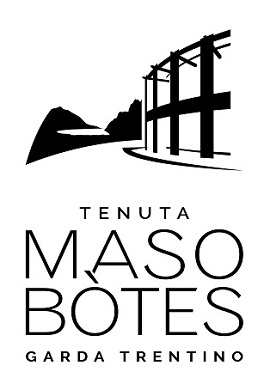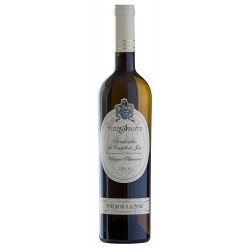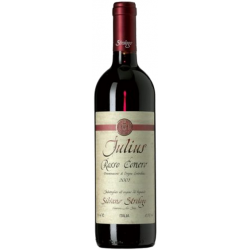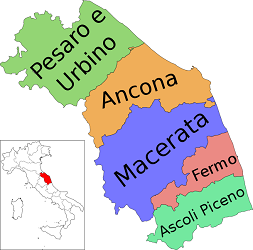
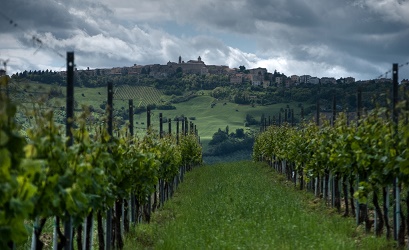
History and Tradition The Marches were part of the territory that extended inland along the eastern bank of the Tiber river and up north all the way to the Po Valley. The area was occupied by the Umbri (from the Greek Ombrikoi) and the Picentes (Greeks who called part of the region Picenum) since early Paleolithic times. Colonized and organized by the Romans in the 3rd century B.C., the area was invaded by the Goths after the fall of the Roman Empire. In the 6th century, the northern part]of today's Marches, including the cities of Ancona, Fano, Pesaro, and Senigallia, in addition to adjoining territories, came under Byzantine rule. The southern section became part of the powerful Lombard duchy of Spoleto. In the 8th century, the region was donated to the papacy in two steps, first by Pepin the Short, the first Carolingian king of the Franks, in 754 and then by his son Charlemagne in 774. The papacy rule though, was largely nominal and later emperors granted various fiefs in the area to faithful underlings until the 13th century. The name Marche or “boundaries”, was originated around the 10th century because the fiefs of Ancona, Fermo and Camerino were established at the border of the Holy Roman Empire. Despite the fighting between the popes and the emperors over the control of the region, some cities established free communes or were governed by noble families, including the Malatesta, the Varano, and the Montefeltro. However, from the 13th to the 16th centuries, the popes gradually reestablished their political rule in the Marche and ended local autonomy. After being occupied briefly by the French from 1797 to 1815, it was restored to the papacy until 1860. For a period of time The Marches was joined to the kingdom of Sardinia along with Umbria and Tuscany. Today's Marches reaches from the eastern slopes of the Apennines to the Adriatic Sea. Mostly hilly or mountainous except for a narrow coastal strip, the region is drained by the Metauro, Potenza, Tronto, and Nera rivers. Farming and livestock are the main occupations producing cereals, olives, grapes and vegetables. Manufactured items include ships, textiles, chemicals, pottery and a well-established tradition of both industrial and artisans' hand-made musical instruments. In addition, the region has four main commercial and fishing ports in Pesaro, Fano, Senigallia and Ancona, the region's capital. The Wines In this little known region the amount of red and white wines produced are almost equal. The main regional white is the excellent Verdicchio, a dry characteristically flavored exceptional white, made from at least 85% of the grape with the same name. Both the Verdicchio di Jesi and the Verdicchio di Matelica DOC wines complement perfectly local dishes such as the Lumache alle Nove Erbe, snails cocked with nine aromatic herbs, and the Brodetto di Pesce, a bouillabaisse-like rich seafood stew that, though found all over the Adriatic coast, reaches its best expression here. Other whites include the Bianchello del Metauro, made near the Metauro River estuary on the north coast of Pesaro, as well as the Bianco dei Colli Maceratesi or, “White from the Macerata Hills”, produced near Macerata, south of Ancona. Among the reds, the Rosso Conero and the Rosso Piceno are particularly appreciated. The limestone-rich soil of places like the Mount Conero, combined with the dry maritime climate, contribute to giving the Montepulciano grapes that make up these wines their characteristic flavor.

.png)
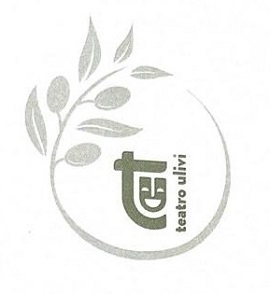

 - Copia.png)

 - Copia.jpg)

